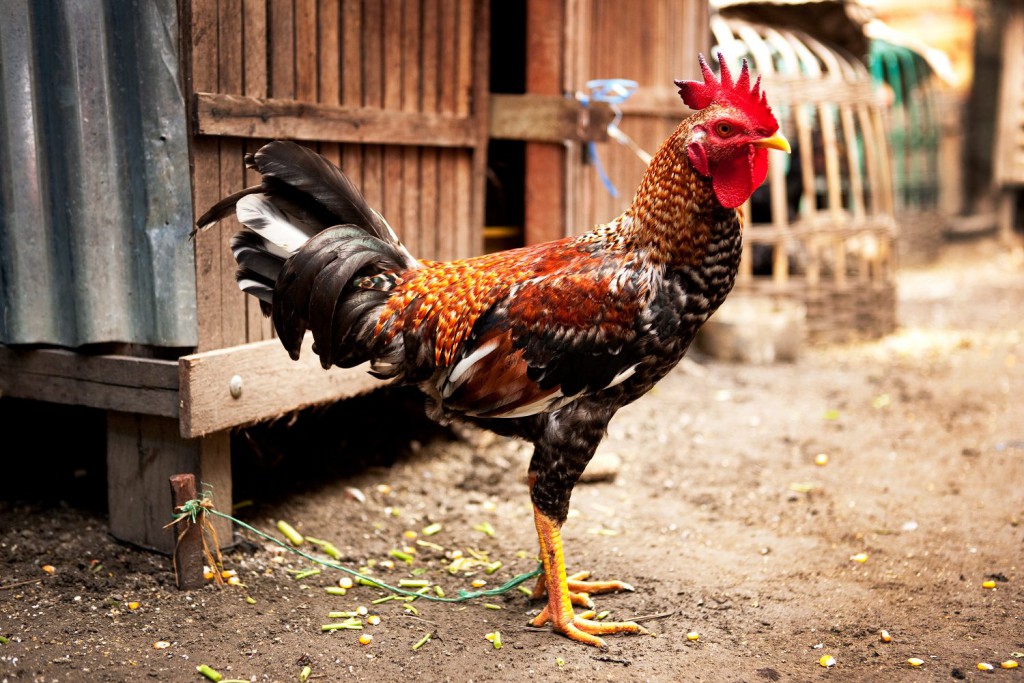While it is true that wood ashes and lime-and-sulfur garden powder products may not be suitable for use in dust baths, the same is not true for diatomaceous earth. Wood ashes were used in the pioneer days to make lye, a substance classified as hazardous. It is therefore not unexpected that ashes should not be used as a dust bath. In terms of lime based products, various types exists, some of which can be extremely hazardous. Quicklime and slaked lime (hydrated lime), for example, are highly corrosive and alkaline substances. Neither should be handled without proper protective clothing and masks or used with animals, including backyard chickens, as their potential for causing harm is high. Another common product is limestone (or agricultural lime). While this substance is commonly used in agriculture, it provides no benefit when used in a dust bath, as it possesses no insecticidal qualities. Sulfur, on the other hand, does exhibit insecticidal properties. However, due to the dangers of particular types of lime, caution should be taken when using lime-sulfur products.
Diatomaceous earth, on the other hand, is Generally Recognized as Safe (GRAS) by the EPA and other government agencies and is often used as a dust bath. According to the University of Greenwich, among many other sources, “it is believed that observations of birds and mammals taking dust baths in DE to rid themselves of mites and parasites is what led the Chinese to begin using diatomaceous earth as a natural pest control product.” Due to this long history of use as a natural insecticide, and the findings of modern scientific research, DE has become well known for its use in dust baths for poultry.



